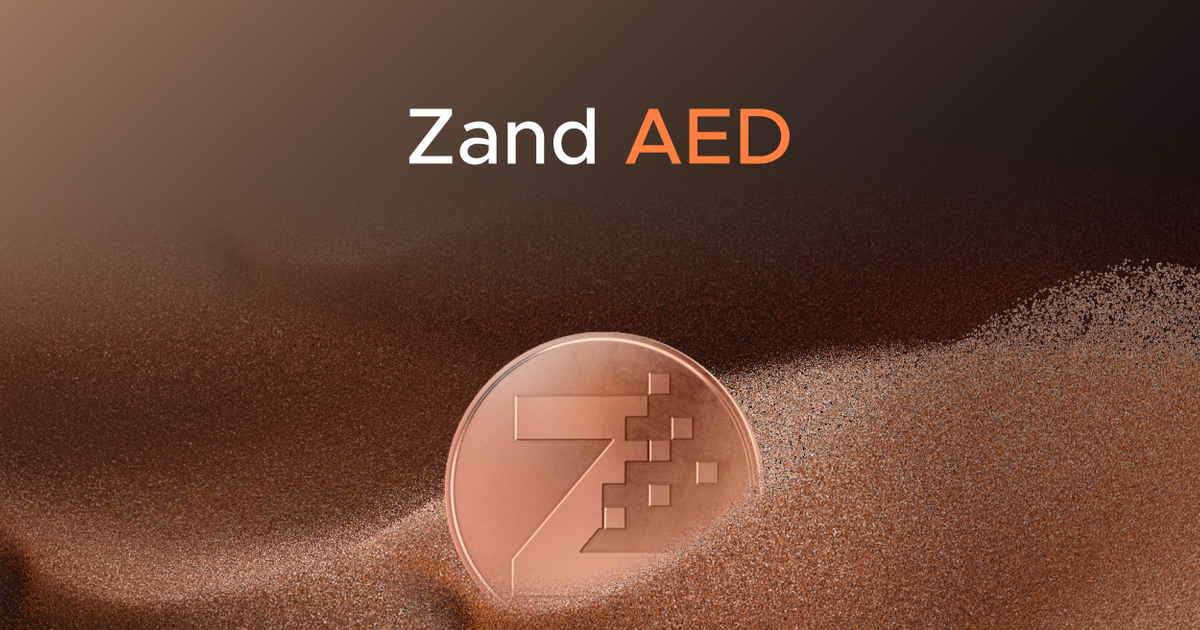Coinbase CEO Brian Armstrong says Congress should allow stablecoin companies to pay users interest
Armstrong's comments came ahead of the House Financial Services Committee's Wednesday markup of its version of stablecoin legislation.

Brian Armstrong, CEO of Coinbase, speaking on CNBC's Squawk Box outside the World Economic Forum in Davos, Switzerland on Jan. 21st, 2025.
Gerry Miller | CNBC
Coinbase CEO Brian Armstrong spoke out this week on the need for interest-bearing stablecoins ahead of the House Financial Services Committee's Wednesday markup of its version of stablecoin legislation.
Specifically, he said stablecoins should be able to pay interest to consumers, and that banks and crypto companies should be able to do the same.
"We're supportive of the draft bill that's going through the Senate as it's written but there is a part of it that does concern me a bit, which is this idea that consumers cannot get interest on stablecoins," he said on CNBC's "Money Movers" Tuesday. "Many Americans, they're only earning about 0.14% in their savings account, but in Treasurys, you can earn 4.5% right now. That seems unfair to me … we'd like to see legislation that allows that."

The House STABLE (Stablecoin Transparency and Accountability for a Better Ledger Economy) Act specifies that permitted issuers "may not pay interest or yield to holders" of the stablecoin. Similarly, the Senate's GENIUS (Guiding and Establishing National Innovation for U.S. Stablecoins) Act's definition of a "payment stablecoin" specifies that it "does not offer a payment of yield or interest." The latter bill was passed in the Senate in March.
Armstrong's comments follow a lengthy post on his X account that goes into more detail about his view.
"Unlike interest-bearing checking and savings accounts, stablecoins do not currently benefit from the same exemptions under the securities laws that allow issuers to pay interest to users," he wrote. "Stablecoins should be able to pay interest just like an ordinary savings account, without the onerous disclosure requirements and tax implications imposed by securities laws."
Who holds the profits?
Stablecoins like Tether (USDT) or USD Coin (USDC) are backed 1-to-1 by the U.S. dollar and their issuers typically hold reserve assets in cash and short-term Treasury securities. Historically these types of assets have acted as a bridge for traders between traditional financial rails and crypto systems, and crypto investors watch them closely for evidence of demand, liquidity and activity in the market.
In recent years, stablecoins have also become popular for their ability to pay users interest for simply holding them – however, that interest payment is typically an incentive offered by exchanges like Coinbase or Kraken or wallet operators rather than the stablecoin issuer itself.
Coinbase has an agreement with the stablecoin issuer Circle – the company behind USDC, which filed Tuesday evening for an initial public offering with the SEC – to share 50% of the revenue of USDC. A section of the company's prospectus echoed Armstrong's concern:
"Absent federal regulations, there is a possibility that Circle stablecoins may be classified as 'securities,'" the filing said. "Any classification of Circle stablecoins as a 'security' would subject us to additional regulation and could materially impact the operation of our business."
The Securities and Exchange Commission typically views assets as securities if they constitute an investment of money with the expectation of profit from others' efforts. Security status often implies being subject to greater regulatory scrutiny and compliance obligations that are very expensive for companies.
Ben Kurland, CEO at crypto research platform DYOR, said allowing issuers to pay users interest would also mark a big shift in who holds profits in crypto.
"Right now, exchanges and platforms capture the yield from stablecoins by investing user deposits and keeping most of the return," he said. "If stablecoin issuers start paying interest directly to users, it flips that model: users benefit more, middlemen get squeezed, and stablecoins become a lot more attractive to hold."
'Growing exponentially'
Traditional, non-yield-bearing, dollar-backed stablecoins have grown their market cap by more than 46% in the past year, according to CryptoQuant. But yield-bearing stablecoins like Ethena's USDe or Ondo Finance's USDY are the fastest-growing cohort within the stablecoin universe, according to JPMorgan.
"This universe of yield-bearing stablecoins has been growing exponentially post the U.S. election, with the market cap of the five biggest surpassing $13 billion, or 6% of the total stablecoin universe," JPMorgan's Nikolaos Panigirtzoglou said in a note last Wednesday.
Over time, yield-bearing stablecoins could replace most of the "idle cash" sitting in traditional stablecoins, he added, saying the 6% share it currently has of the total stablecoin market cap will grow "to a much higher percentage but not more than 50%."
"Traditional stablecoin issuers such as USDT and USDC do not share reserve yields with users, a practice that could significantly reduce their revenues but more importantly would make stablecoins classified as securities," he added. "That would have subjected stablecoins to additional regulatory restrictions and require compliance with securities law, thus hindering their current seamless and permissionless use as source of collateral in the crypto ecosystem."
—CNBC's Michael Bloom contributed reporting

 Aliver
Aliver 



















![The 2026 AI Search Benchmark Every SEO Leader Needs [Webinar] via @sejournal, @lorenbaker](https://www.searchenginejournal.com/wp-content/uploads/2025/11/1-259.png)












